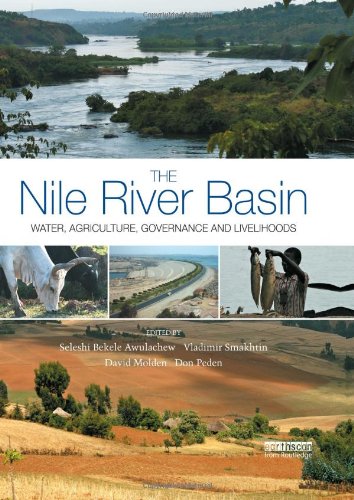

Most ebook files are in PDF format, so you can easily read them using various software such as Foxit Reader or directly on the Google Chrome browser.
Some ebook files are released by publishers in other formats such as .awz, .mobi, .epub, .fb2, etc. You may need to install specific software to read these formats on mobile/PC, such as Calibre.
Please read the tutorial at this link: https://ebookbell.com/faq
We offer FREE conversion to the popular formats you request; however, this may take some time. Therefore, right after payment, please email us, and we will try to provide the service as quickly as possible.
For some exceptional file formats or broken links (if any), please refrain from opening any disputes. Instead, email us first, and we will try to assist within a maximum of 6 hours.
EbookBell Team

4.8
94 reviewsThe Nile provides freshwater not only for domestic and industrial use, but also for irrigated agriculture, hydropower dams and the vast fisheries resource of the lakes of Central Africa. The Nile River Basin covers the whole Nile Basin and is based on the results of three major research projects supported by the Challenge Program on Water and Food (CPWF). It provides unique and up-to-date insights on agriculture, water resources, governance, poverty, productivity, upstream-downstream linkages, innovations, future plans and their implications.
Specifically, the book elaborates the history and the major current and future challenges and opportunities of the Nile river basin. It analyzes the basin characteristics using statistical data and modern tools such as remote sensing and geographic information systems. Population distribution, poverty and vulnerability linked to production system and water access are assessed at the international basin scale, and the hydrology of the region is also analysed.
This text provides in-depth scientific model adaptation results for hydrology, sediments, benefit sharing, and payment for environmental services based on detailed scientific and experimental work of the Blue Nile Basin. Production systems as they relate to crops, livestock, fisheries and wetlands are analyzed for the whole Blue and White Nile basin including their constraints. Policy, institutional and technological interventions that increase productivity of agriculture and use of water are also assessed. Water demand modeling, scenario analysis, and tradeoffs that inform future plans and opportunities are included to provide a